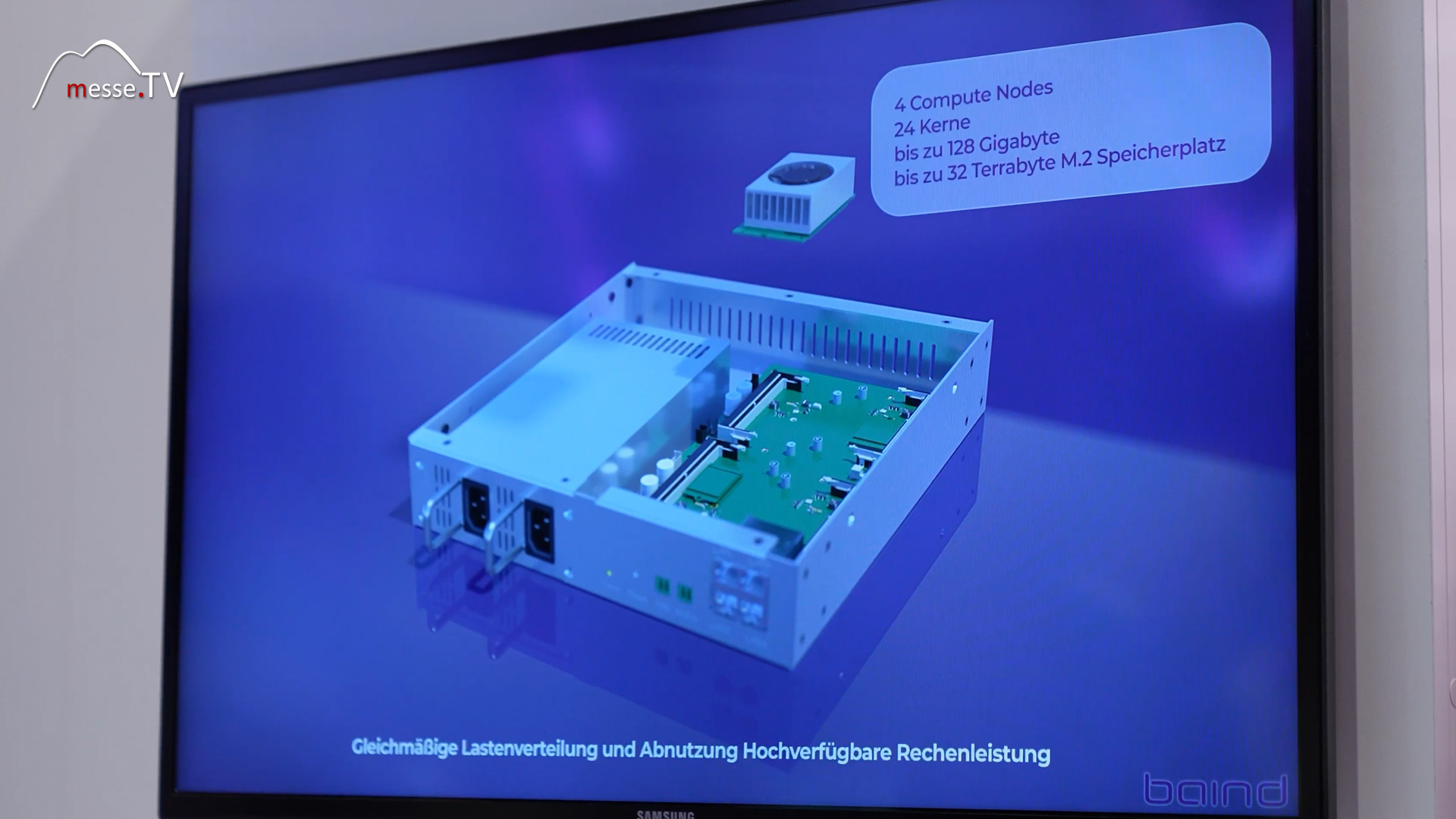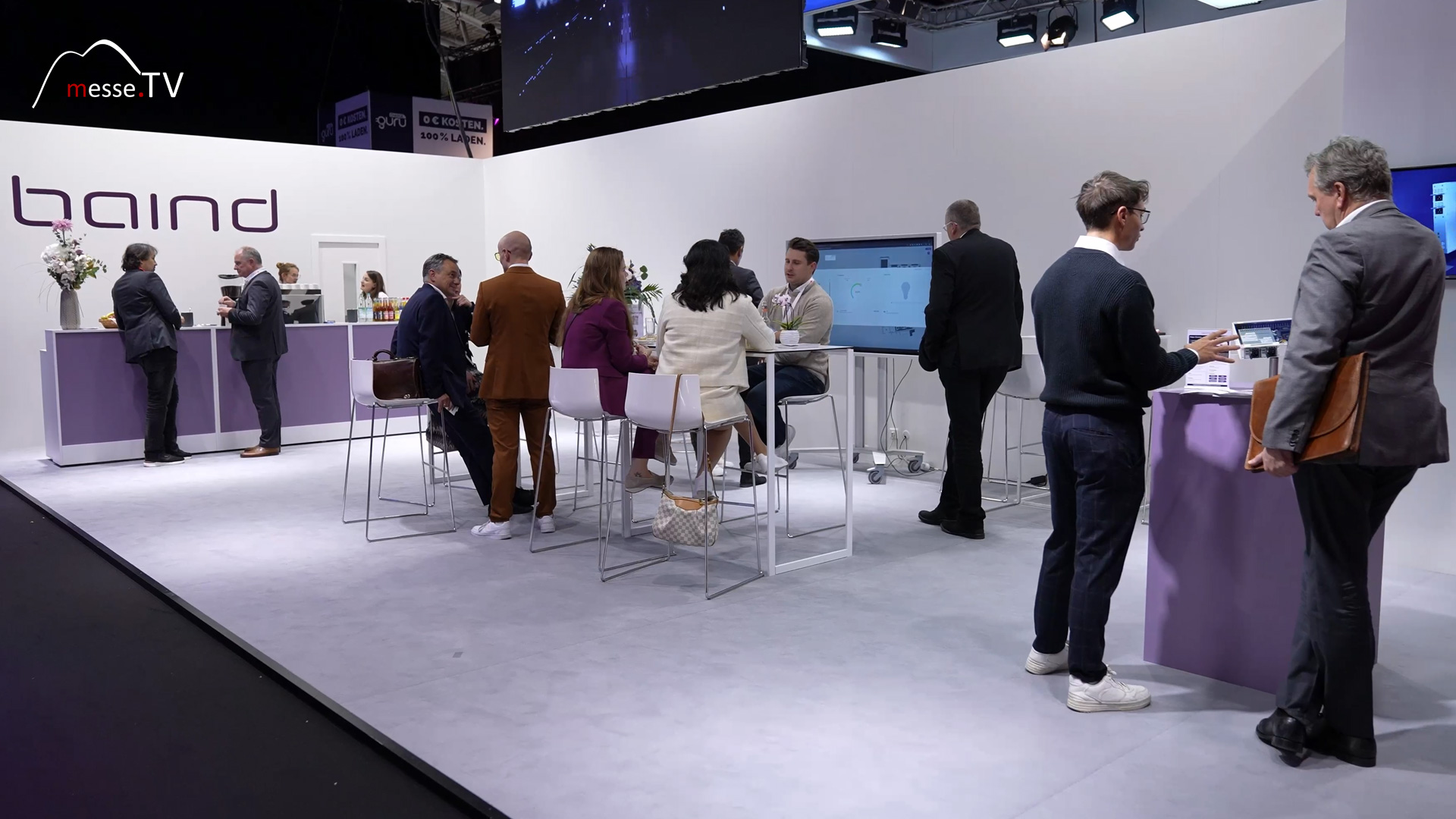Baind offers an AI-based solution for the intelligent control of buildings that enables energy savings of 20-50%. Through real-time analysis and adjustments, the system optimizes the operation of building technology, reacts automatically to changes such as weather conditions or room occupancy and reduces manual intervention. The platform combines data management, indoor climate monitoring and energy management and is tailored to the specific needs of each building.
The implementation of an energy-efficient building control system takes place in several steps. First, an edge box from Baind is installed on site, which acts as a central interface to integrate the existing data and network infrastructure into the system. This box pulls all relevant data from the network and thus provides a solid basis for the rest of the process. If AI-based control is required, LoRaWAN sensors are also installed. These battery-operated sensors measure important parameters such as temperature, light values, humidity, presence and CO2. These sensors act as the "eyes and ears" of artificial intelligence (AI) and enable accurate data collection.


The collected data, supplemented by weather data and information on renewable energies, enables the AI to develop energy-efficient control strategies. The AI continuously learns from user behavior and weather forecasts. For example, the AI can decide to start the system later if a high level of self-generated electricity is expected on a particular day. This helps to make the best possible use of self-generated electricity and minimize the need to purchase additional electricity. The AI trains itself independently using the collected data and continuously adapts the model to optimize energy consumption.


After just the first two weeks, savings of around 80 to 90% of the possible total potential can be achieved. In the long term, savings can vary between 20 and 50%, depending on the building and usage patterns. In order to take seasonal trends and occupancy patterns into account, the AI model is retrained and adjusted every 3 to 5 days. This regular adjustment ensures that the building's control system always functions optimally. This solution is offered as a subscription model, with the most comprehensive version costing around 5000 euros.

